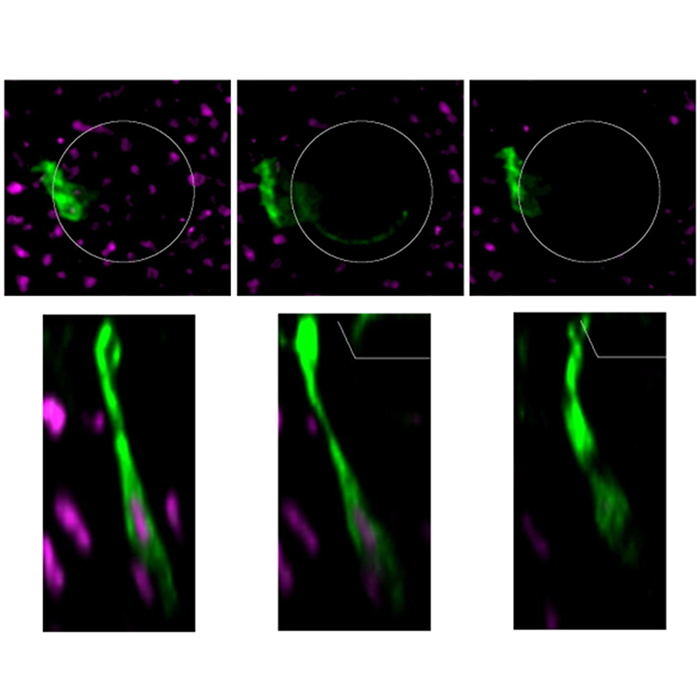Alejandra Guzman-Herrera awarded the UCL Overseas Research Scholarship
Congratulations to Alejandra Guzman-Herrera of the Mao Lab, who has been awarded the UCL Overseas Research Scholarship. We asked Alejandra to tell us about what she hopes to study with this award:
What are you trying to understand and why is this important?
We are interested in how tissues repair and regenerate themselves. In particular we want to understand how changes in cell behaviour following injury drive tissue repair, and how this process can be regulated by the mechanical properties of the tissue and its environment. By studying how wounded or lost tissues are restored we can understand how tissues achieve and maintain their shape and architecture, why some organisms are able to regenerate limbs or other complex structures while others can only regenerate simpler tissues (e.g. humans). Recent studies have shown the relevance of mechanical properties on many biological processes, however we still do not understand its role in tissue repair and the underlying mechanisms. This has many important implications for basic and translational research, it will broaden our knowledge on the field and it can improve the development of regenerative therapies, for example.
What model system/techniques do you use?
In our lab we use the Drosophila imaginal wing disc as a model system for tissue morphogenesis and repair. For my project I will introduce liver and intestinal organoids as a new model system for tissue repair.
Can you use an analogy to help us understand your work?
To comprehend the importance of the mechanical properties of a tissue and its environment and how that can affect its response to injury it can be useful to think about a small rip on your jeans versus a small rip on your tights or stretchy pants. Because of the different materials and their respective mechanical characteristics the first rip will remain small unless external forces are applied (pulling the rip apart, for example) and its easier to repair it by stitching. The second rip will easily spread across the fabric from the beginning, it will be much harder to repair, a very noticeable mark will be left behind and you will probably just throw them away. In a similar way tissues are softer, stiffer, more or less elastic, etc. By regulating these characteristics the extent of tissue damage might be reduced and repair might be more efficient.
How did you end up as a scientist?
I enjoy learning new things and understanding why and how things happen. In my senior year in high school a teacher encouraged me to join a research programme, I had a great time and after that I knew I wanted to continue doing research. Since then I have worked in different labs where I have learnt a lot and that have made me interested in the field of tissue morphogenesis and mechanobiology.
What do you do when you’re not in the lab?
In my free time I like to read, exercise, watch movies and learn about different cultures and languages.
Written by Alejandra Guzman-Herrera
 Close
Close


